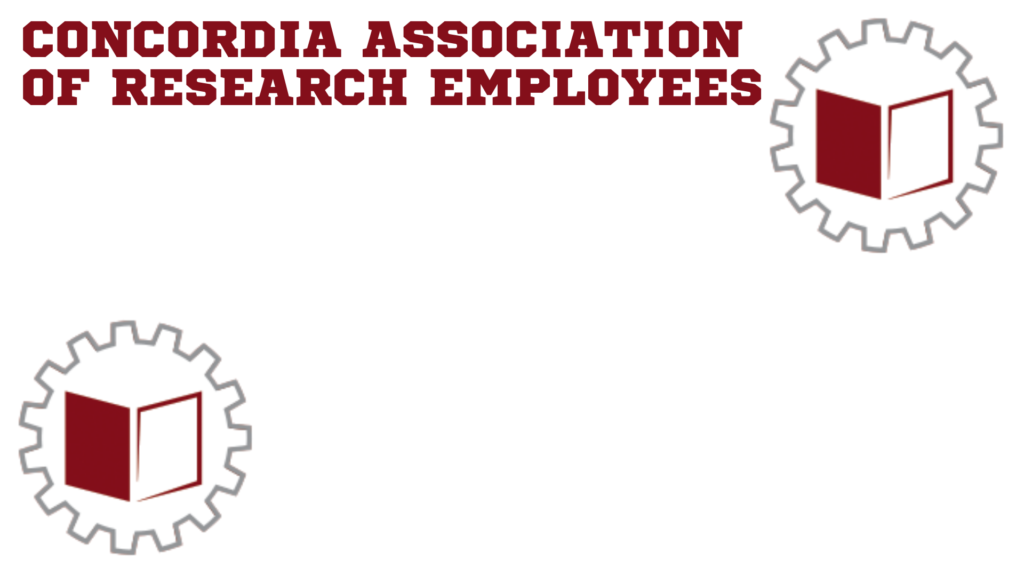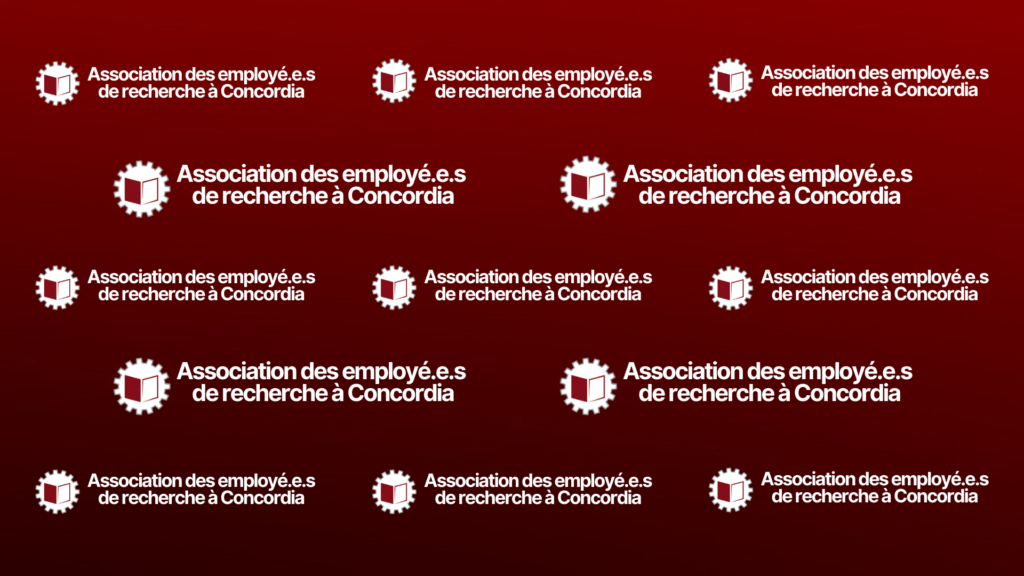Protect Your Labour Rights!
What is a Grievance?
A grievance is a formal complaint made by a union. It is a means for the union to protect members’ rights. Filing a grievance is a legal right when there has been a violation of a right outlined in the collective agreement and/or a member has been wrongfully disciplined or terminated.
Types of Grievance
Individual Grievance
A complaint by an individual whose rights, as set out in the collective agreement, have been violated by management through, for example, discipline, harassment, denial of benefits or denial of entitlements. The individual grievance is filed by a union representative.
Group Grievance
A complaint by, for example, a group of individuals from a particular department or shift that has collectively been affected by a management action. Examples include the following:
- an employer refusing to pay a shift differential or premium pay when the contract entitles members to it;
- management unilaterally changing the start time of a shift; or
- an employer refusing to allow a group of members to take family related leave, even though such leave is covered by the collective agreement.
The group grievance is filed by a union representative. All the members should sign the grievance, since adjudicators/arbitrators have been known to award compensation only to signatories.
Group Grievance Type 1: Policy Grievance
The union, not individual members, files a grievance when management or the employer violates or incorrectly interprets the collective agreement and a group, bargaining unit or the union at large is affected by this action. Policy grievances are not allowed in certain jurisdictions (labour codes define what may or may not be grieved).
Group Grievance Type 2: Union Grievance
The union grieves a dispute arising directly between the union and the employer. In this type of grievance, the union considers its rights to have been violated, not just the rights of members.
For example, a union might grieve on its own behalf when the employer fails to deduct union dues as specified in the collective agreement. Also, individual grievances can be filed in conjunction with the union grievance.
Grievance Procedure for Our Union
1. Investigate the member complaint.
2-1. If the complaint has to do with harassment, the member may file a complaint in accordance with the University’s Code of Rights and Responsibilities (see the CARE Collective Agreement, Article 4).
2-2. For other complaints:
Article 13 of our Collective Agreement specifies that “[t]he parties agree that in most circumstances it is preferable to resolve problems through discussions among those persons directly concerned before submitting a grievance.” Therefore, if possible, the union will resolve problems through discussions. Otherwise, the union will file a grievance.
3. Follow the grievance process outlined in the 2017-2022 collective agreement, Article 13.
4. Resolution / Arbitration.





















